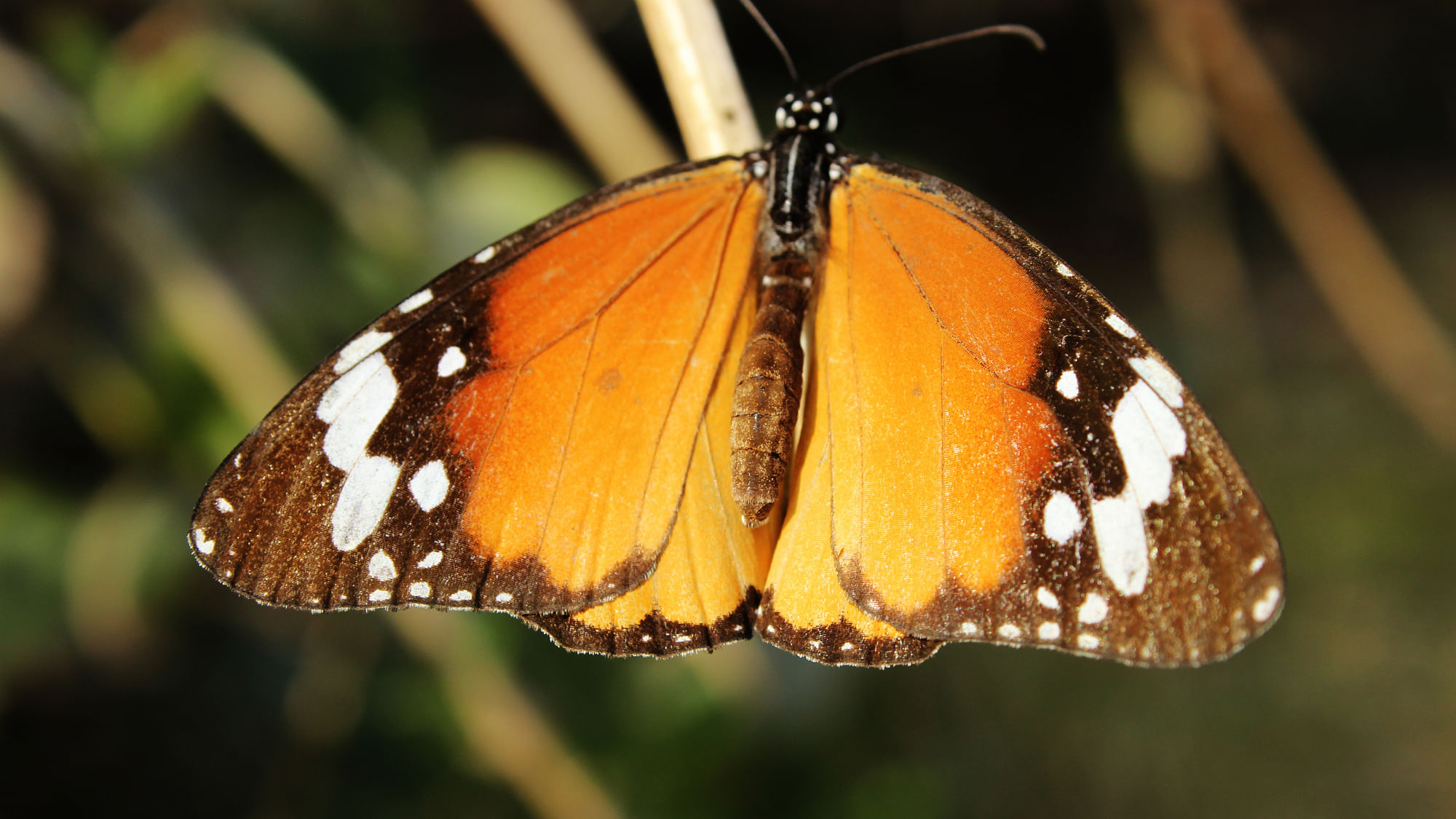World Wildlife Day: Rebirth of a Lost Ecosystem at Yamuna Bio-Park
For World Wildlife Day, The Quint takes a look at efforts to keep Delhi’s natural world alive.

Tucked behind densely populated Wazirabad, in north Delhi, 457 acres of land provides sanctuary to over 2,000 species of plants and animals.
“Day by day, urbanisation is increasing,” said Sumit Dookia, Professor, Environmental Management, Guru Gobind Singh Indraprastha University. “Where will these species go?”
The Yamuna Biodiversity Park was started in 2002 with funding from the Delhi Development Authority. The once barren land now has two wetlands, trees, and birds that migrate through the park annually.
In recent years, the Yamuna Biodiversity Park has seen species native to the Yamuna River basin return after more than a decade. Civet cats, wild pigs and hares can be spotted between 150 species of grasses.
Spaces like the Yamuna Biodiversity Park aren’t just there to look pretty. They play a role in helping cities thrive. During big storms, they can absorb flood water, and the trees can help address some of the major pollution problem Delhi faces.
“Delhi is a city, so the major challenge is retaining the green belt within the city,” said Avinash Basker, Legal Consultant to the Wildlife Protection Society of India. “Human health depends on the health of other species. Human beings cannot survive by themselves.”
For World Wildlife Day, The Quint met up with some of the people who are trying to bring back Delhi’s plants and wildlife.
(At The Quint, we are answerable only to our audience. Play an active role in shaping our journalism by becoming a member. Because the truth is worth it.)